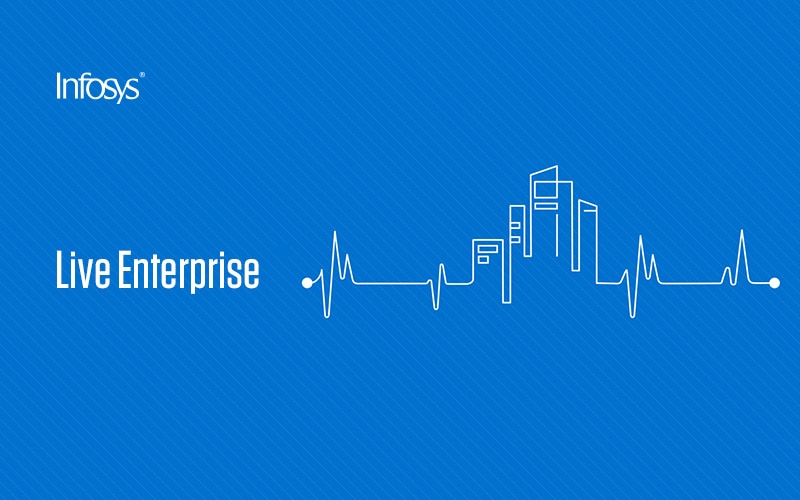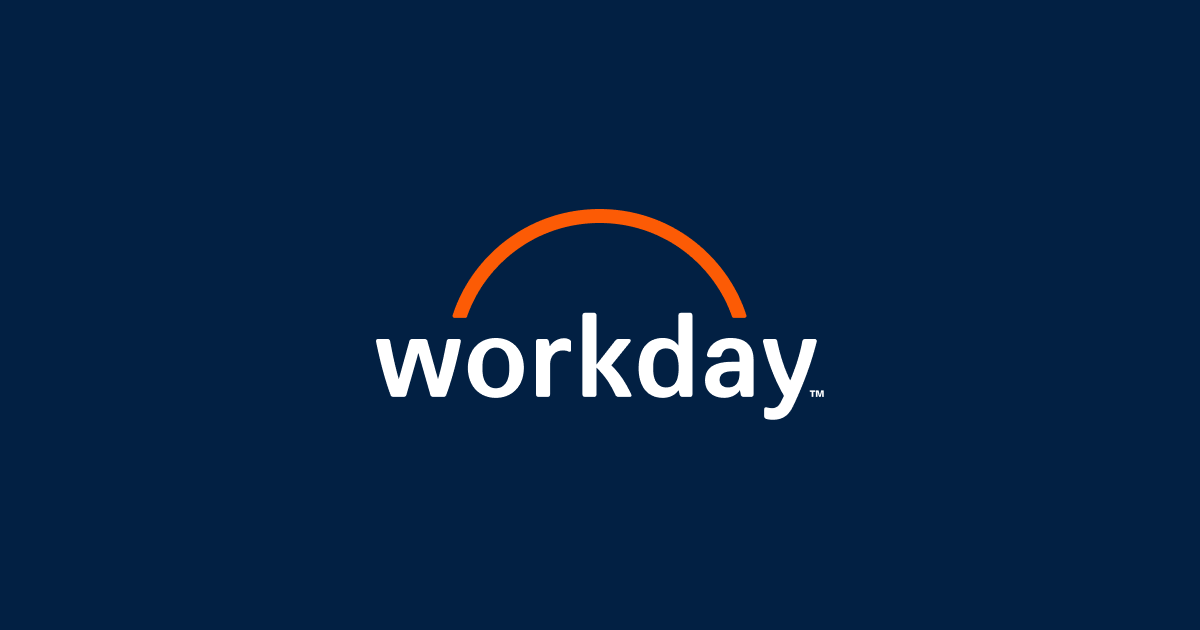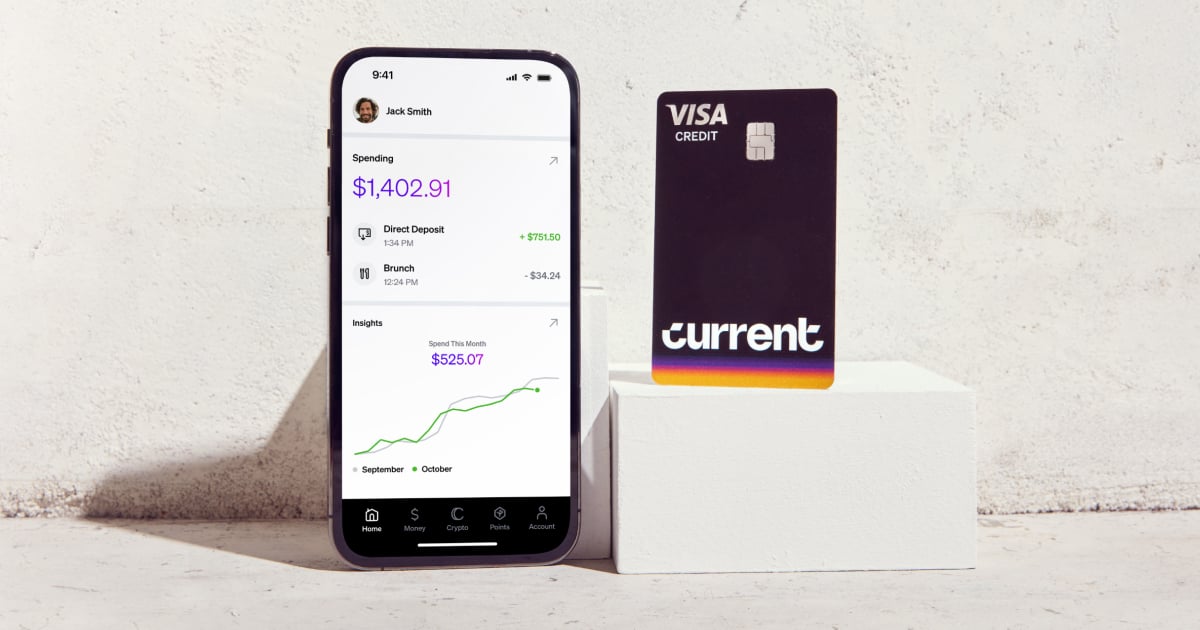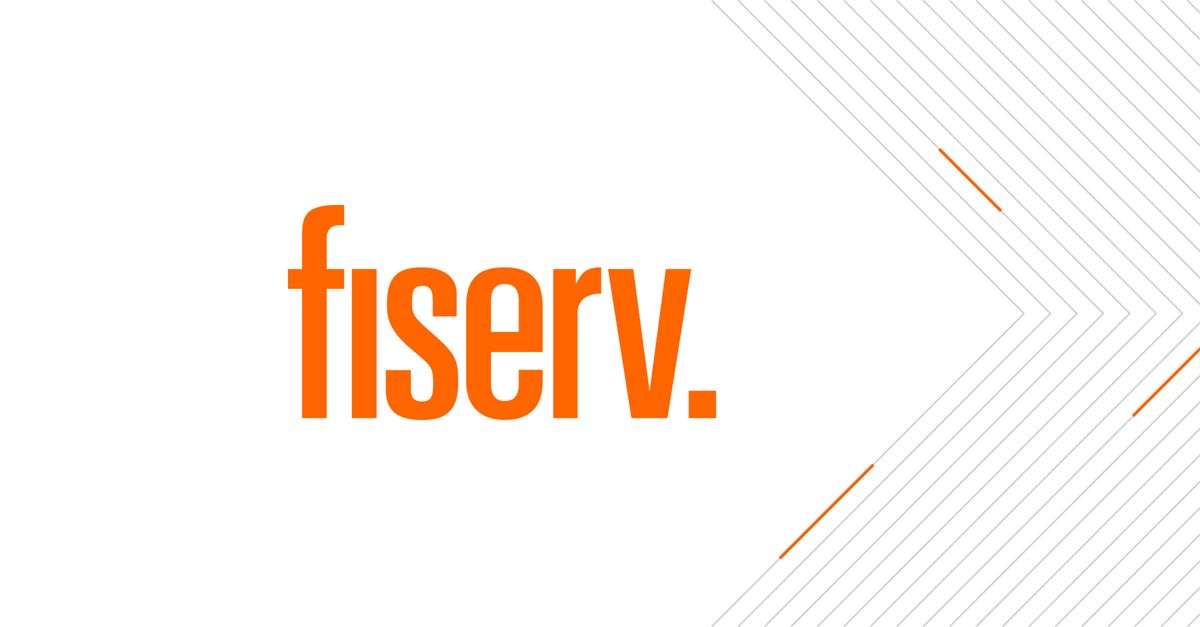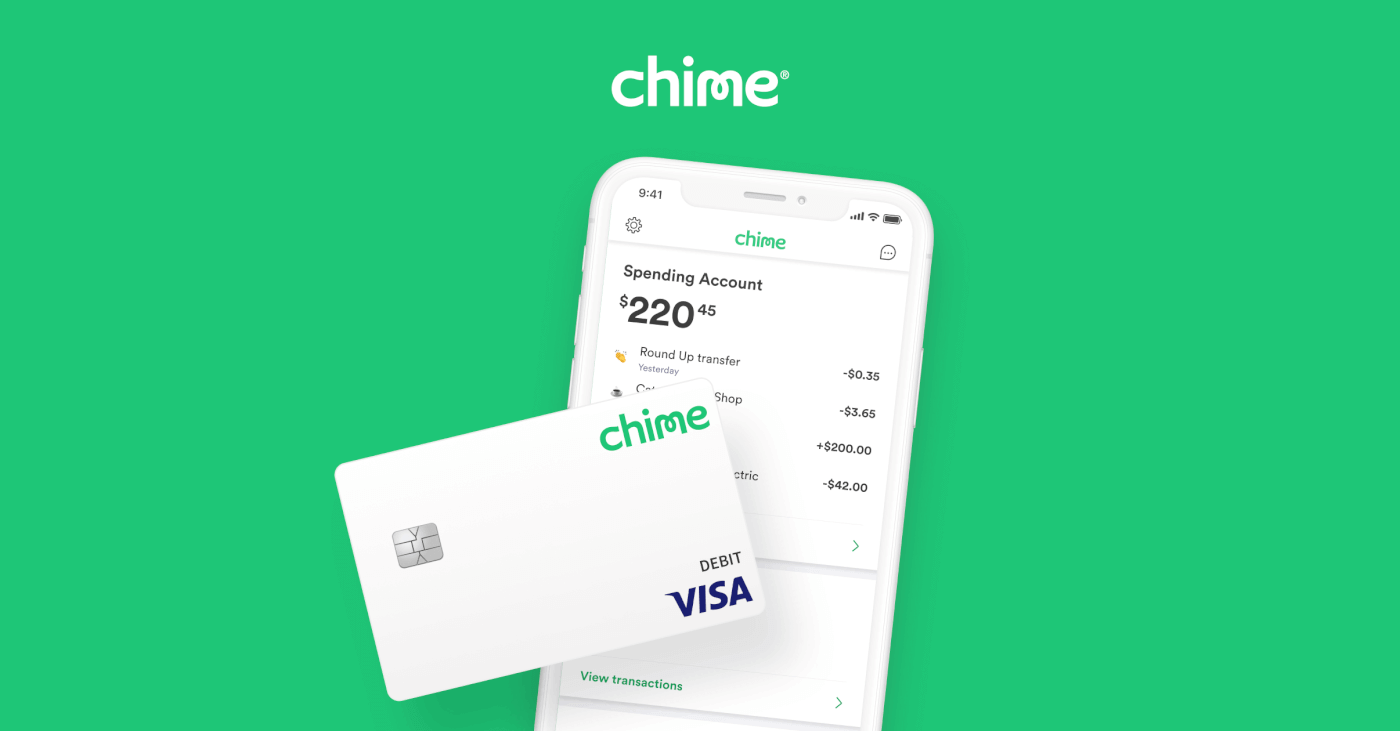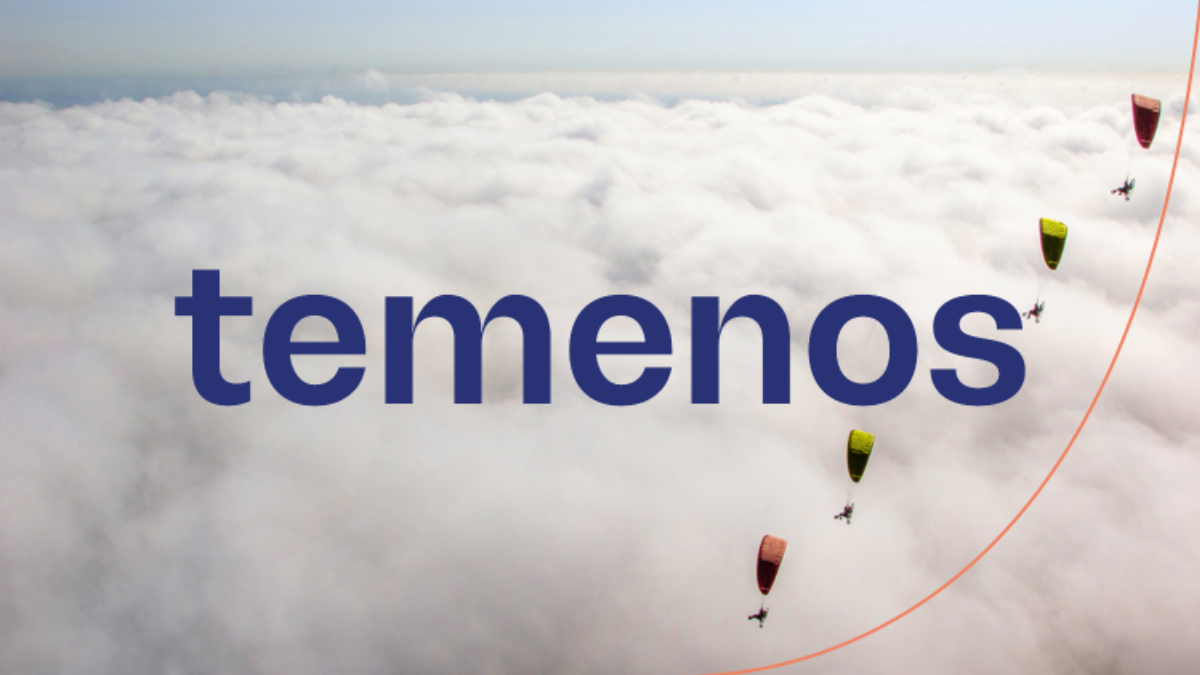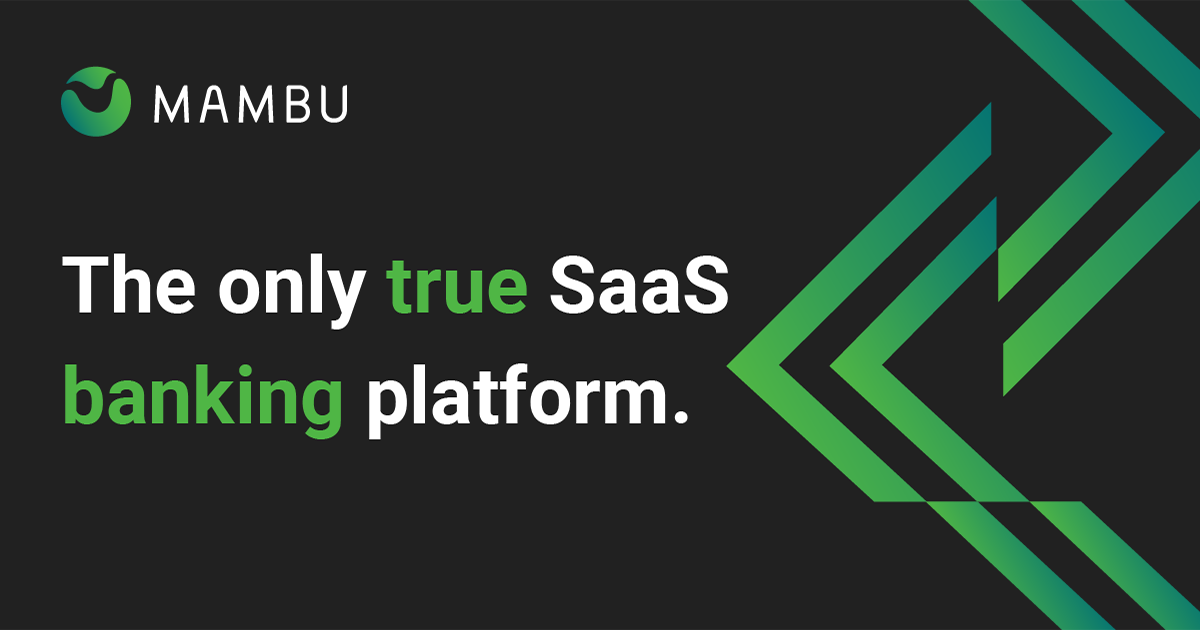Introduction
The digital transformation of banking is well underway as both traditional institutions and newcomers adopt cloud-based platforms to reshape the customer experience. This evolution necessitates core systems that can support evolving business models, integrate new services, and scale globally on-demand. This analysis examines the capabilities and market traction of the top digital banking platforms powering innovation.
Methods of Evaluation
The platforms are evaluated based on criteria like number of deployments, technology capabilities spanning data/AI, payments and lending, ongoing investment levels, growth trajectory, and decentralization indicators like partner ecosystems and amount of documentation/code samples published. Alternative metrics like number of backlinks, traffic trends and keyword volume are also referenced to gauge mindshare and competitive positioning.
1. IBM
IBM offers a full suite of digital banking solutions designed to help financial institutions transform their business and deliver advanced capabilities to customers. With IBM’s platforms powered by AI and hybrid cloud technologies, banks can gain real-time insights, streamline operations and deliver hyper-personalized experiences.
Pros: The main advantages of IBM’s digital banking platforms include comprehensive cloud and AI capabilities, a proven global delivery model, and strengths across cognitive technologies. IBM can help banks modernize legacy systems, optimize operations, enhance customer experiences, and unlock new revenue streams through data and personalization.
Cons: One potential disadvantage is that IBM’s solutions may require significant consulting resources and implementation effort for larger transformations. Ongoing licensing and support costs could also be higher than some other providers.
Pricing: IBM typically prices its digital banking solutions based on factors like transaction volumes, number of accounts supported, desired capabilities, implementation scope, and ongoing support needs. Pricing models include annual subscriptions, perpetual licenses with support attachments, and professional services charged at daily rates.
Some key stats about IBM’s digital banking platforms include: – Over 5000 financial institutions globally use IBM solutions – Processes over 50 billion transactions per year – Supports over 1 billion consumers worldwide – Leverages Watson AI capabilities such as natural language processing
2. SAP
SAP is a German-based multinational software corporation that also offers products and services for digital banking. Originally known for enterprise resource planning software, SAP has continued investing in financial services technologies through acquisitions and product development. Some key SAP banking solutions include the SAP Banking Platform and SAP Treasury and Risk Management.
Pros: Key advantages of SAP’s digital banking platforms include:
– Being part of a larger enterprise software vendor with dedicated banking teams and resources
– Ability to seamlessly integrate banking systems with other areas like accounts, loans, payments etc.
– Continued innovation through acquisitions and product roadmap
Cons: A potential disadvantage is that SAP solutions can be complex to implement and maintain given their breadth of functionality across multiple domains. This may result in higher costs and longer implementation timelines compared to specialist banking solutions.
Pricing: SAP banking platforms are typically priced based on number of users, transactions processed and services/modules implemented. Implementation services are also billed separately. Pricing is available upon request from SAP sales representatives.
Some key stats about SAP’s digital banking offerings include:
– Over 300 banking customers globally
– Operations in over 25 countries
– Continued R&D investment of over $5 billion annually
– Integrates with the broader SAP ERP, CRM and analytics platforms
3. HSBC
HSBC is one of the largest banking and financial services organizations in the world. Founded in 1865 in Hong Kong and Shanghai, HSBC serves customers worldwide through its global presence in 64 countries and territories in Europe, Asia, North and Latin America, and the Middle East and North Africa.
Pros: Some key advantages of banking with HSBC include:
– Global banking services and coverage through its extensive international network
– Competitive interest rates on loans, mortgages and credit cards
– Strong commercial banking offerings tailored for small and large businesses
– Wealth management services for high-net-worth individuals
Cons: One potential disadvantage is that as a large multinational bank, customers may encounter less personalized services compared to smaller local banks.
Pricing: HSBC does not publish standard pricing for personal and business accounts on its website. Pricing varies depending on the type of account, services used, and local market rates. Customers would need to contact HSBC directly or visit a local branch for specific fee and interest rate details applicable to their location and banking needs.
Some key stats about HSBC include:
– Serves around 40 million customers worldwide
– Operates through 4 global businesses: Wealth and Personal Banking, Commercial Banking, Global Banking and Markets, and Global Private Banking
– Has a market capitalization of over $150 billion
– Rated the 5th largest bank in the world by assets
4. Charles Schwab
Charles Schwab is one of the largest brokerage firms and digital banking providers in the United States. Founded in 1971 and based in San Francisco, California, Charles Schwab has over $6 trillion in client assets as of 2022 and offers a wide range of financial services to both retail and institutional clients.
Pros: Some key advantages of Charles Schwab include: – Free checking and brokerage accounts with no minimum balance requirements – Schwab reimburses ATM fees charged by other banks, both domestic and internationally – Robust suite of investment tools and resources available online and through its mobile apps – Wide range of low-cost ETF and mutual fund options – Personalized retirement planning tools and guidance available
Cons: One potential disadvantage is its relatively basic checking and savings account features compared to some dedicated digital banks. The account does not offer high interest rates or many bonus opportunities for opening accounts.
Pricing: Charles Schwab does not charge monthly account fees or commissions for online trades of stocks, ETFs, and options. It also reimburses any ATM fees charged by other institutions. Additional services like financial planning and advisory accounts may have associated costs.
Some key stats about Charles Schwab include: – Over 34 million brokerage and banking accounts – Over $6 trillion in client assets – Over 13,000 employees – Over 3,000 financial advisors – More than 3,000 Schwab branches nationwide – Launched its digital banking platform in 2011
5. Infosys
Infosys Finacle is a digital banking solution developed by Infosys, an Indian multinational corporation providing business, technology, and outsourcing services. With over 37 years of experience in the banking and financial services sector, Finacle powers more than 150 institutions in over 90 countries. The platform provides both core and digital banking services including lending, treasury, wealth and asset management.
Pros: Some key advantages of Infosys Finacle include:
– Advanced AI and analytics capabilities to drive personalized experiences
– Strong experience in customizing solutions to meet specific bank needs
– Vast resources and expertise for supporting global implementations and deployments
Cons: A potential disadvantage is that as a large enterprise platform, Finacle may involve more customization efforts and have higher costs of ownership compared to some smaller competitors.
Pricing: Infosys Finacle pricing is not publicly disclosed but is typically offered as an annual software license and maintenance fee supplemented by professional services fees for implementation, customization, integration and support.
Some key stats about Infosys Finacle include:
– Powers more than $1 trillion in transactions annually
– Used by over 100 million end customers globally
– Supports over 9,000 branches worldwide
– More than 150 financial institutions rely on Finacle
6. Workdays
Workday is a leading provider of enterprise cloud applications for finance and human resources. Founded in 2005, Workday helps thousands of organizations globally manage their financials and workforce. The company offers a suite of applications including Financial Management, Human Capital Management, Planning, Spend Management, and Analytics.
Pros: Some of the key advantages of Workday’s solutions include: – Open platform that allows for embedded finance capabilities. – Experience enabling digital transformations for large enterprises. – Growing functionality for digital banking including payments processing and data insights.
Cons: One potential disadvantage is that Workday focuses primarily on large enterprise customers which means the solutions may have a higher price point for smaller businesses.
Pricing: Workday pricing varies depending on the modules, users, and services required. It is generally sold on a per user per month subscription model. For example, a typical Workday Financial Management implementation for a mid-sized company may cost $100-150 per user per month including support.
Some key stats about Workday include: – Used by over 8,000 organizations globally across industries such as healthcare, education, government and more. – Processes over $10 trillion in transactions annually. – Supports over 50 million users worldwide. – Continuously invests over 25% of revenues back into research and development each year to drive innovation.
7. Current
Current is a fintech company that provides digital banking services through its mobile app and website. Founded in 2015, Current has established itself as one of the top digital banking platforms thanks to its innovative banking products and services with no fees.
Pros: Key advantages of using Current include: – No account fees, minimum balance requirements or overdraft fees. – High interest rates on savings accounts. – Fantastic mobile and web interfaces that are simple and easy to use. – Strong budgeting and money management tools to help users save and track spending.
Cons: The main disadvantage is that banking services are not provided directly by Current but through partner banks Choice Financial Group and Cross River Bank. So accounts are not FDIC insured by Current itself.
Pricing: Current’s accounts have no monthly fees or minimum balance requirements. Interest is paid on savings at rates up to 2.25% APY. Additional services like early direct deposits and international spending also come at no cost.
Some key stats about Current include: – Over 5 million downloads of the mobile app. – $1 billion+ in deposits. – Interest rates as high as 2.25% APY on savings. – 95% customer satisfaction rating.
8. Fiserv
Fiserv is a global fintech and payments company that provides digital banking platforms and solutions. Their solutions help financial institutions adapt to changing customer expectations and industry demands. Fiserv has extensive experience in the digital banking space and serves over 12,000 institutions worldwide.
Pros: Key advantages of Fiserv’s digital banking platforms include:
– Built-in fraud protection and risk management tools to help protect customers’ accounts
– Integrated digital and mobile experiences that allow customers to bank anytime, anywhere
– Robust API capabilities that allow easy integration with third party fintech solutions
Cons: A potential disadvantage is that as a larger established company, Fiserv may not be able to roll out new features as quickly as some smaller fintech startups.
Pricing: Pricing for Fiserv’s digital banking solutions varies depending on the institution’s individual needs and requirements. Factors like monthly transaction volume, number of accounts, and additional features/integrations impact overall costs. Interested parties can request a custom quote on Fiserv’s website.
Some key stats about Fiserv’s digital banking solutions include:
– Processes over 50 billion transactions annually
– Serves over 12,000 financial institutions globally
– Handles millions of mobile banking users every day
9. Chime
Chime is a mobile-first digital banking platform that offers its customers fee-free checking and savings accounts. Founded in 2013 and based in San Francisco, Chime partners with The Bancorp Bank and Stride Bank to provide FDIC-insured banking services. With over 12 million accounts, Chime has become one of the largest neobanks in the U.S.
Pros: Some of the main advantages of Chime include:
– Free checking and savings accounts with no monthly fees
– No overdraft fees, up to $200 per month with Spin activities
– Strong mobile banking experience on iOS and Android
– Ability to set savings goals and schedule recurring transfers
– Opportunity to build credit history with the Chime Credit Builder Visa® Secured Credit Card
Cons: One potential disadvantage is that Chime partners with third-party banks to provide banking services rather than functioning as a standalone bank. This means customers have fewer legal protections than they would with a traditional bank.
Pricing: Chime offers completely free checking and savings accounts with no monthly account fees or minimum balance requirements. Customers can avoid overdraft fees of up to $200 per month by activating Spin, which rounds up debit card purchases and moves the extra funds to savings.
Some key stats about Chime include:
– 12+ million accounts opened
– No monthly account fees or minimum balance requirements
– Access to over 60,000 fee-free ATMs nationwide
– Mobile-first experience with a strong mobile banking app
10. Finastra
Finastra is a leading financial software company with customers in over 150 countries. They offer core banking solutions, payments software, lending solutions, and more to help financial institutions digitally transform. Their digital banking platform allows banks and credit unions to provide a unified digital experience across online and mobile banking.
Pros: Some key advantages of Finastra’s digital banking platform include:
– Global footprint that supports clients across markets
– Integrations that allow transactions across payments, lending and deposits
– Robust API capabilities that enable account aggregation and open banking
– Flexible design that supports both traditional and neo banks
Cons: As with any large established platform, updates and enhancements can sometimes take longer compared to newer innovative solutions. The interface may not be as modern or fresh as some newer challengers.
Pricing: Pricing for Finastra’s digital banking platform is customizable based on institution size and specific needs. However, in general their pricing models tend to be asset-based or transaction-based with monthly or annual subscription costs.
Some key stats about Finastra’s digital banking platform include:
– Used by over 8,500 institutions globally
– Processes over $14 trillion in transactions annually
– Over 1.4 billion banking customers served
11. Temenos
Temenos is a Swiss-based company that provides banking software to over 3,000 financial institutions worldwide. Founded in 1993, Temenos offers the Temenos Transact and Temenos Infinity products which provide digital banking capabilities from account origination to customer service.
Pros: Some key advantages of Temenos solutions include:
– Strong digital account origination capabilities that allow banks to quickly onboard new customers.
– Comprehensive front-to-back functionality including core banking, payments, lending, wealth management and more.
– Scalable service-oriented architecture that can support massive volumes of transactions and customers as a bank grows.
Cons: One potential disadvantage is that implementing a full Temenos platform requires a large financial investment and significant resources from the bank for installation and customization.
Pricing: Temenos pricing is customized for each client implementation but generally is priced on a per-transaction, per-account or software-as-a-service model. Larger banks can expect to pay tens of millions of dollars to implement core functions and smaller regional banks may pay under $10 million.
Some key stats about Temenos include:
– Over 700 banks in over 150 countries use Temenos solutions
– Processes over 38 billion transactions annually
– Servers over 1 billion banking customers globally
12. Axos
Axos Bank is a digital banking platform headquartered in San Diego, California. Axos Bank is a pioneer in digital banking and offers a comprehensive suite of consumer and commercial banking products online and through its mobile app. Some of their flagship products include savings accounts and checking accounts.
Pros: Some of the key advantages of Axos Bank include:
– Mobile-first banking experience with robust mobile banking features.
– High-yield savings accounts with rates significantly higher than traditional banks.
– No monthly maintenance fees and no minimum balance requirements on accounts.
– Excellent 24/7 customer support.
Cons: One potential disadvantage is the lack of physical bank branches. Since Axos Bank is an online bank, account holders do not have access to traditional in-person branch services.
Pricing: Axos Bank offers free checking and savings accounts with no monthly maintenance fees or minimum balance requirements. Their flagship savings account offers high interest rates up to 1.25% APY depending on the account balance. They also offer cash management accounts and CDs for businesses and individuals.
Some key stats about Axos Bank include:
– Over $11 billion in assets
– Serves over 1 million customers
– Offers high-yield savings accounts with rates up to 1.25% APY
– No monthly maintenance fees on checking or savings accounts
13. JackHenry
JackHenry is a leading provider of digital banking platforms for financial institutions. Founded in 1976, JackHenry has years of experience supporting traditional and digital banking operations. Their platform powers hundreds of financial institutions across the country.
Pros: Some key advantages of JackHenry’s digital banking platform include:
– Experience supporting traditional and digital banking workflows
– Specialized expertise in core banking systems and migrations
– Scale to securely support large regional financial institutions
Cons: A potential disadvantage is that as a larger established provider, some functions may not be as nimble or customizeable as smaller challenger banks.
Pricing: Pricing for JackHenry’s digital banking platform is not publicly available and requires a quote. Factors like number of users, customizations, integrations affect overall costs.
Some key stats about JackHenry’s digital banking platform include:
– Supports over 1,000 financial institutions
– Processes over $60 billion in digital transactions annually
– More than 50 years experience in core banking systems
14. Mambu
Mambu is a SaaS cloud banking platform that provides a full core banking solution. As a leading digital banking platform, Mambu powers everything from lending and deposits to digital onboarding and account servicing for financial institutions globally.
Pros: Some key advantages of Mambu include: – SaaS-based core banking platform allowing for scalability and flexibility – Strong capabilities in lending and deposit products to support a range of financial services – Effective solution for ‘greenfield’ digital banks looking to build core systems from the ground up
Cons: As an external platform, Mambu requires extensive integration with a bank’s other systems and processes. This level of customization and maintenance can increase long-term costs versus a proprietary in-house system.
Pricing: Mambu pricing is based on a Software-as-a-Service model with monthly subscription fees based on number of accounts, transactions processed, and additional services/capabilities required.
Some key stats about Mambu include: – Serving over 200 customers in over 65 countries – Processed over $150 billion in transactions in 2021 – Supports 33 languages for customer interfaces
15. nCino
nCino is a leading cloud banking platform provider that offers a complete SaaS solution for financial institutions. Founded in 2012 and headquartered in Wilmington, North Carolina, nCino provides a user-friendly platform to transform the customer experience and streamline back-office workflows.
Pros: Some key advantages of nCino’s platform include: – Comprehensive solution suite spanning deposit, loan origination, risk and compliance, and more – Highly configurable to meet the specific needs and workflows of both traditional and digital banks – Continually investing in R&D to support ongoing regulatory changes and maximize efficiency
Cons: A potential disadvantage is that nCino currently only offers a cloud-based SaaS solution, so on-premise installations are not possible. However, many financial institutions prefer the benefits, scalability and support that come with a cloud-based platform.
Pricing: nCino pricing is typically based on monthly subscription fees that take into account factors like assets under management, number of users, and modules/features selected. They offer both monthly and annual payment plans as well as customizable quote options for larger enterprises.
Some key stats about nCino include: – Serving over 325 financial institutions in over 10 countries worldwide – Supporting over $150 billion in assets and $70 billion in loans – Recognized multiple times on the Deloitte Tech Fast 500 – Has raised over $350 million in funding from leading investors like Salesforce Ventures and Insight Venture Partners
Conclusion
While established vendors have extensive deployment histories supporting traditional models, the disruptors analyzed have demonstrated agility in reshaping consumer and business banking. Going forward, both architecture and experience design will be key as embedded finance continues integrating across verticals. The platforms at the forefront of this change possess the scale, tools and vision to power the next era of digital banking.








